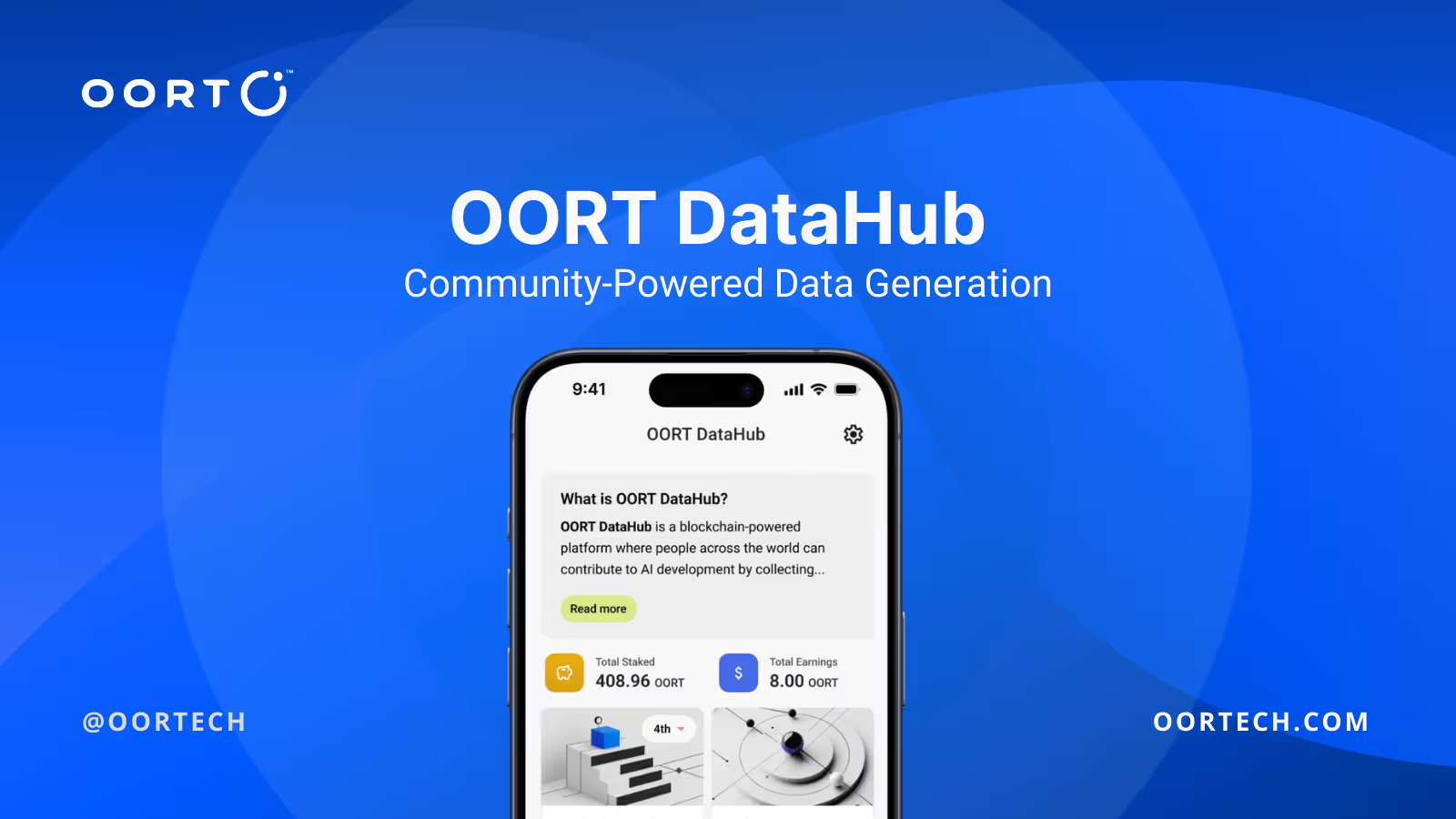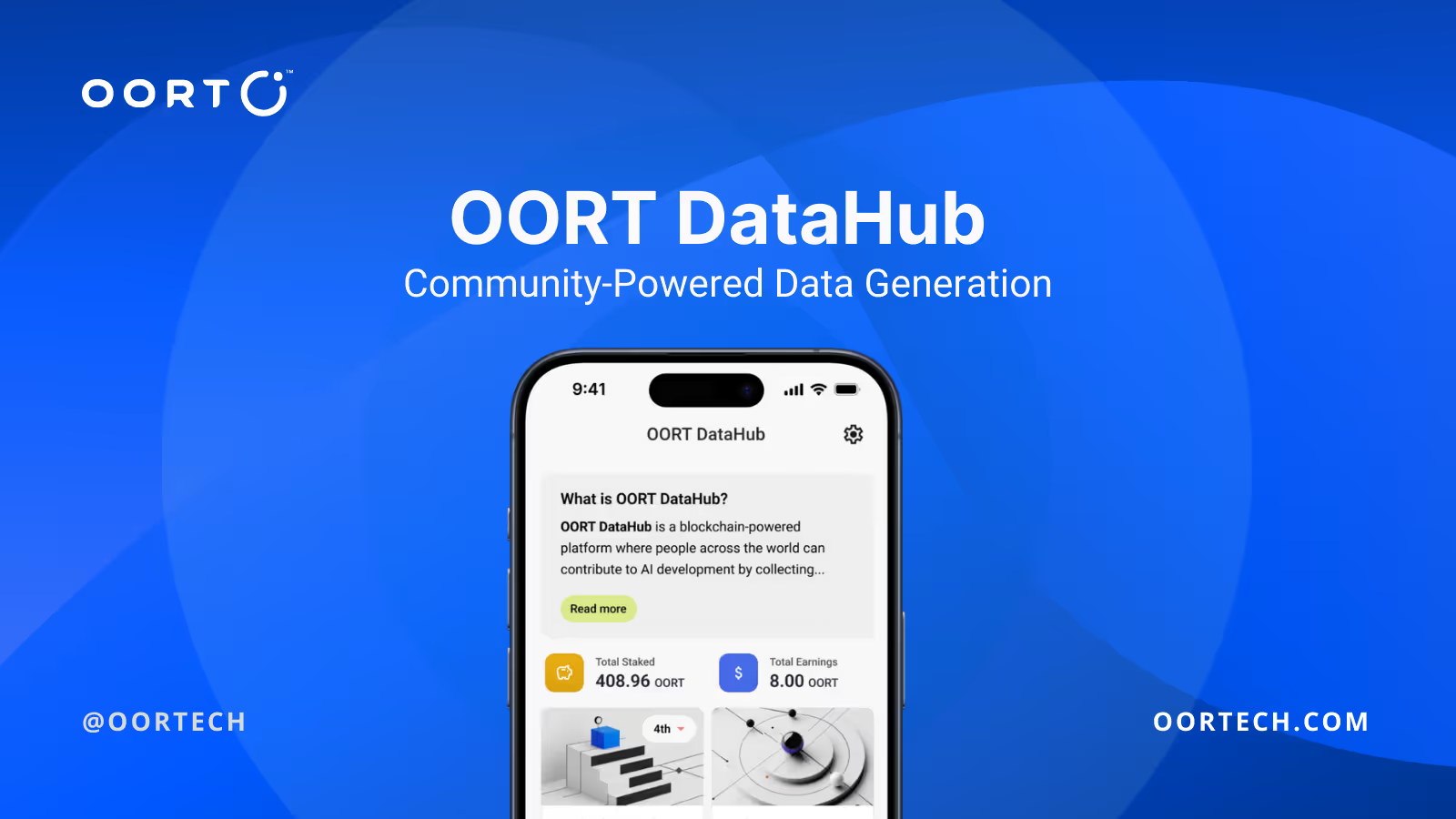

In the AI landscape, transparency and trust are crucial. OORT is dedicated to ensuring that both AI models and the data powering them are transparent, unbiased, and secure. The OORT DataHub tackles these challenges using decentralized infrastructure.
Our approach empowers community members to contribute to AI development using their edge devices, such as PCs or mobile phones. This approach provides key advantages:
OORT's first mission harnesses decentralized technology to aid in Mars exploration. By processing and analyzing Mars imagery from rovers and satellites, we uncover valuable insights about Martian terrain, atmospheric conditions, and potential habitats.
Here's where our community comes in: using your edge devices—from smartphones to PCs—you'll help process Mars imagery using sophisticated algorithms. This accelerates data analysis and distributes the workload for faster processing.
By participating, you're contributing to humanity's journey to Mars, helping pave the way for future missions and potential long-term habitation.
To prepare community members for this mission, we've created a three-month "Base Camp" training program. This introduction provides foundational preparation for processing and analyzing data for AI models.
During Base Camp, tasks are simplified to mirror the mission's objectives on a smaller scale. Participants familiarize themselves with OORT DataHub’s workflow and refine their skills in a supportive environment.
By the end of the training, participants will have gained confidence and competence, ready to champion OORT's vision and contribute to our journey.
OORT DataHub's tokenomics structure incentivizes and rewards community participation through staking and rewards.
These NFTs are issued on the Solana blockchain, reinforcing our collaboration with the Solana Foundation.
OORT DataHub aims to expand its technology and community engagement. Our roadmap includes:
OORT is committed to leading the way toward a more equitable and decentralized AI future.
Please follow ONLY our official accounts and double-check URLs before engaging